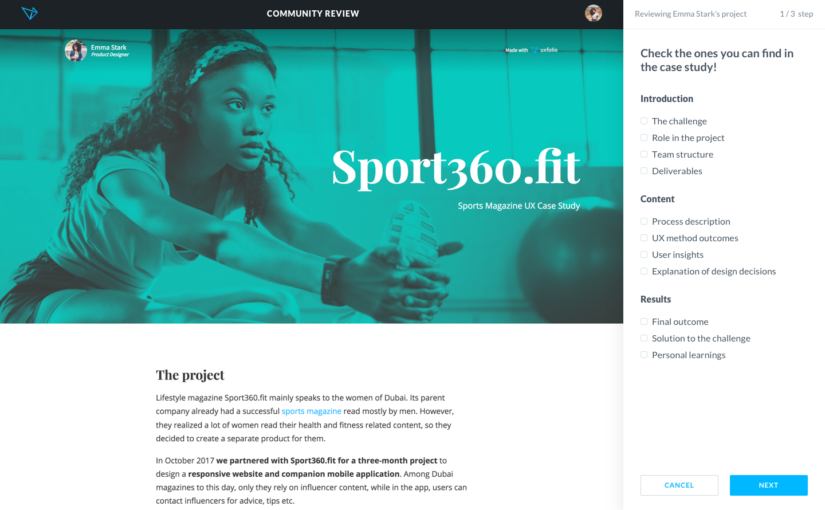In the world of user research, no idea is a bad idea. If you have an idea for a great piece of research, act on it. In fact, your first epiphany is the seed from which all great things will grow. Your idea will eventually shape your hypothesis—your very best idea. This is your proposed explanation based on your current and limited evidence, paving the way from your starting point. The investigation to follow is where your user research comes
Continue readingCategory: UX Design
What happens in the end-to-end experience? Can the intended audience find what they’re looking for? What is the actual problem being solved? Are you designing the right product for the customer need? Information architecture, accessibility, findability, taxonomy, interaction design, research, usability, case studies, interviews, surveys, and more.
No! We’re Not All Just the Same
In May and November of 2018, I traveled to Norway to do user research. I don’t have any depth of experience with Norwegian culture. What follows is my outsider’s view and interpretation. I doubt it’s the whole story. I tried hard to understand my surprising findings by chatting with Scandinavian friends and by researching cultural norms, but there are always limitations in how much an outsider can truly understand. I still have more questions than answers.
Continue readingDo You Know Your Users?
You think you’re just like everyone else. You think your thoughts, opinions, values, and habits are just the same as other people. Psychology calls this the false consensus bias1 because we assume much more commonality than reality warrants. False consensus bias contributes to making bad decisions when we design software. Alan Cooper noted this type of bias while wondering why otherwise smart, talented people often created such crappy software. He invented the persona-based design methodology to help facilitate insight into
Continue reading
Designing for Meaningful Social Interactions
The age of cheap “like”-hunting needs to come to an end. It all started innocently enough with likes and tweets. Then in a few years, we suddenly ended up with governments scoring people and masses manipulated into meaningless activities to generate more ad revenue. But it doesn’t have to be that way. Now the time has come for us—designers, working on digital products—to step up our game and act like real gatekeepers.
Continue readingContent Recommendations and the Creation of Emotions
This article investigates content recommender systems. Because Netflix is probably the best known recommendation system and numerous articles have been published about their system, I will concentrate on their content recommendation mechanism as representative of the type. I will show that the Netflix mechanism contains characteristics of updated theories of emotion—mainly constructed emotions theory—but it still lacks several essential components. The lack of these components can explain some inaccuracies in Netflix recommendations and can suggest broader implications.
Continue reading